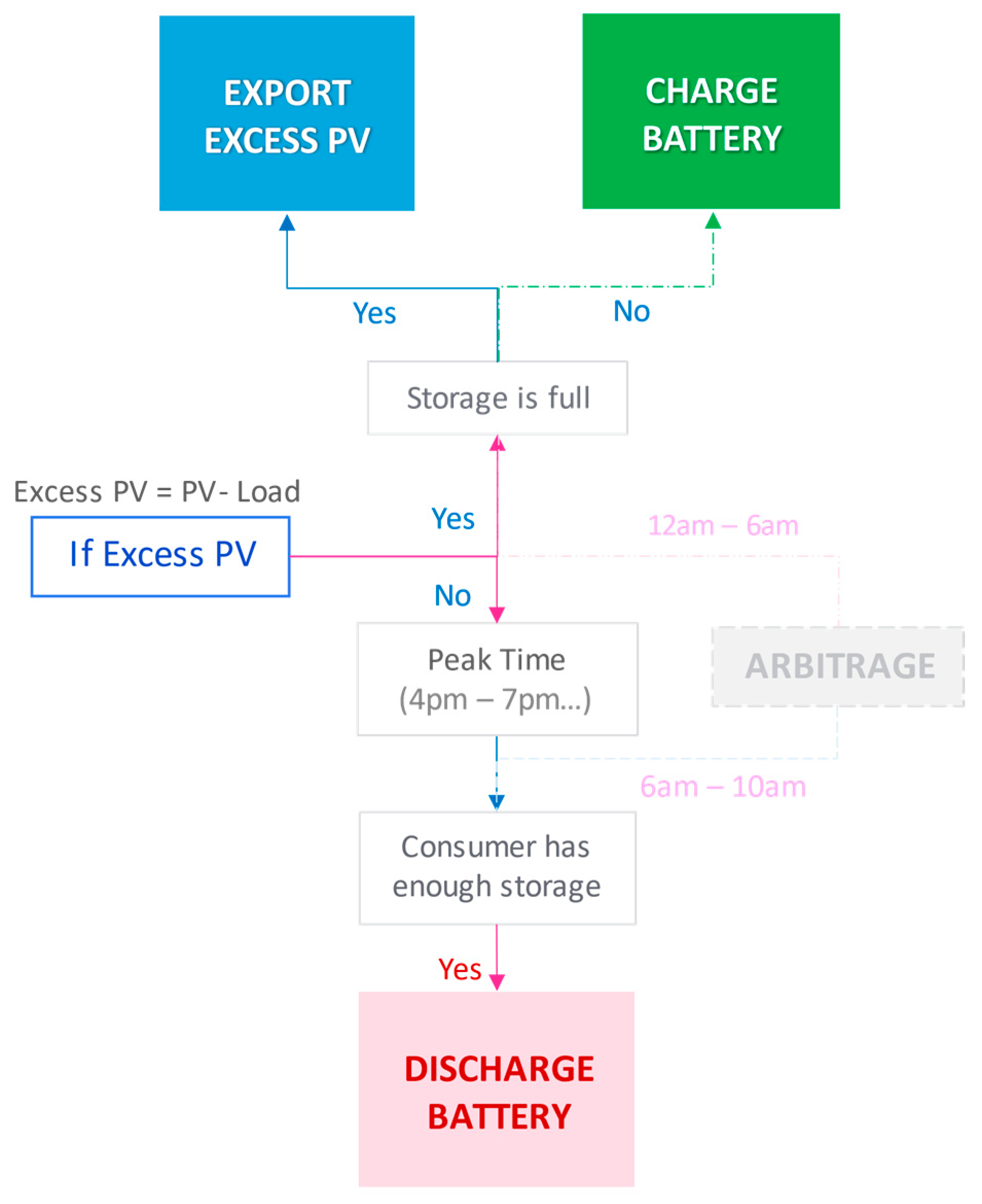

9Ģ Mixed Integer Linear Optimisation 112.1 Sizing for the minimum LCOE. 6ġ.3 Overview of economic assessment criteria. 41.2.4 Assumption for vanadium redox batteries. 21.2.2 Assumptions for lithium-ion batteries. 11.2 Overview of electricity storage technologies. In addition, it wasshown that the molten salt energy storage is the most suitable technologyfor the diesel replacement and the electrical energy time shift business cases.On the other hand, vanadium redox battery was identified as the preferredtechnology for the peak shaving business case.ġ Introduction 11.1 Growth of the energy storage market. The business case analysis demonstrated that only the diesel replace-ment business case can ensure desired financial returns. Sizing andcosting of the molten salt energy storage system revealed that the electricalintegration equipment contributes 3% - 6% towards the total cost of thesystem and that the most expensive part of the system is the dischargingcycle. It was demonstrated that the optimisation presented can be used forsizing combined storage and PV plant with yearly input data. Finally, the cost estimate obtained for themolten salt energy storage system is used to compare the competitivenessof this technology with vanadium redox and lithium-ion batteries in threedifferent business cases: industrial peak shaving, diesel replacement in amine and electrical energy time shift. Theelectrical sizing according to the international standards is explained andverified using NEPLAN software. After that,a bottom-up costing of the molten salt energy storage is presented with afocus on sizing and costing of the electrical integration equipment. First, a mixed integer linearprogramming optimisation for achieving minimum LCOE or maximum NPVconfigurations of combined storage and PV plants is described. This thesis investigates sizing and competitiveness of three large scaleelectrical energy storage technologies: lithium-ion batteries, vanadium redoxbatteries and the molten salt energy storage. Thus, it is importantto identify suitable technologies for specific applications as well as size theinstalled capacity in an optimum way for maximising the potential benefits. In addition, there are several technologies that competefor the place in the growing energy storage market. There are many applications where energystorage can be beneficial and it is key for ensuring reliable supply of theelectrical energy. The increasing share of renewable energy sources calls for large scale elec-trical energy storage solutions.

A special thank yougoes to Christos Tsolakis with whom I tackled many interesting and chal-lenging tasks in photovoltaic and energy storage fields over the last year.Lastly, I would like to thank Enrico Conte for guiding me through his ther-modynamic model and Yannick Laborde for helping me with the electricalsizing calculations. I would also like thank my colleagues at the Renewable Steam Plantsdepartment for creating a great working environment. GoranAndersson for his support during my studies at ETH Zurich and for givingme the opportunity to write this thesis in collaboration with the RenewableSteam Plants department of Alstom. In addition, I would like to express my gratitude to Prof. I am especially grateful for the opportunity to learnabout the energy storage and the photovoltaic industries from the extensiveknowledge of Dr.

Osvaldo Rodrguez Villalon for their guidance and help throughoutthe course of this thesis. Osvaldo Rodrguez Villalon, ETH Zurichįirst and foremost, I would like to thank my supervisors Dr. Vipluv Aga, ALSTOM Renewable PowerSupervisor: Dr. Goran Andersson, ETH ZurichSupervisor: Dr. Sizing, Costing and CompetitivenessAnalysis of Large Scale Electrical EnergyĮEH Power Systems LaboratorySwiss Federal Institute of Technology (ETH) ZurichĮxaminer: Prof.


 0 kommentar(er)
0 kommentar(er)
